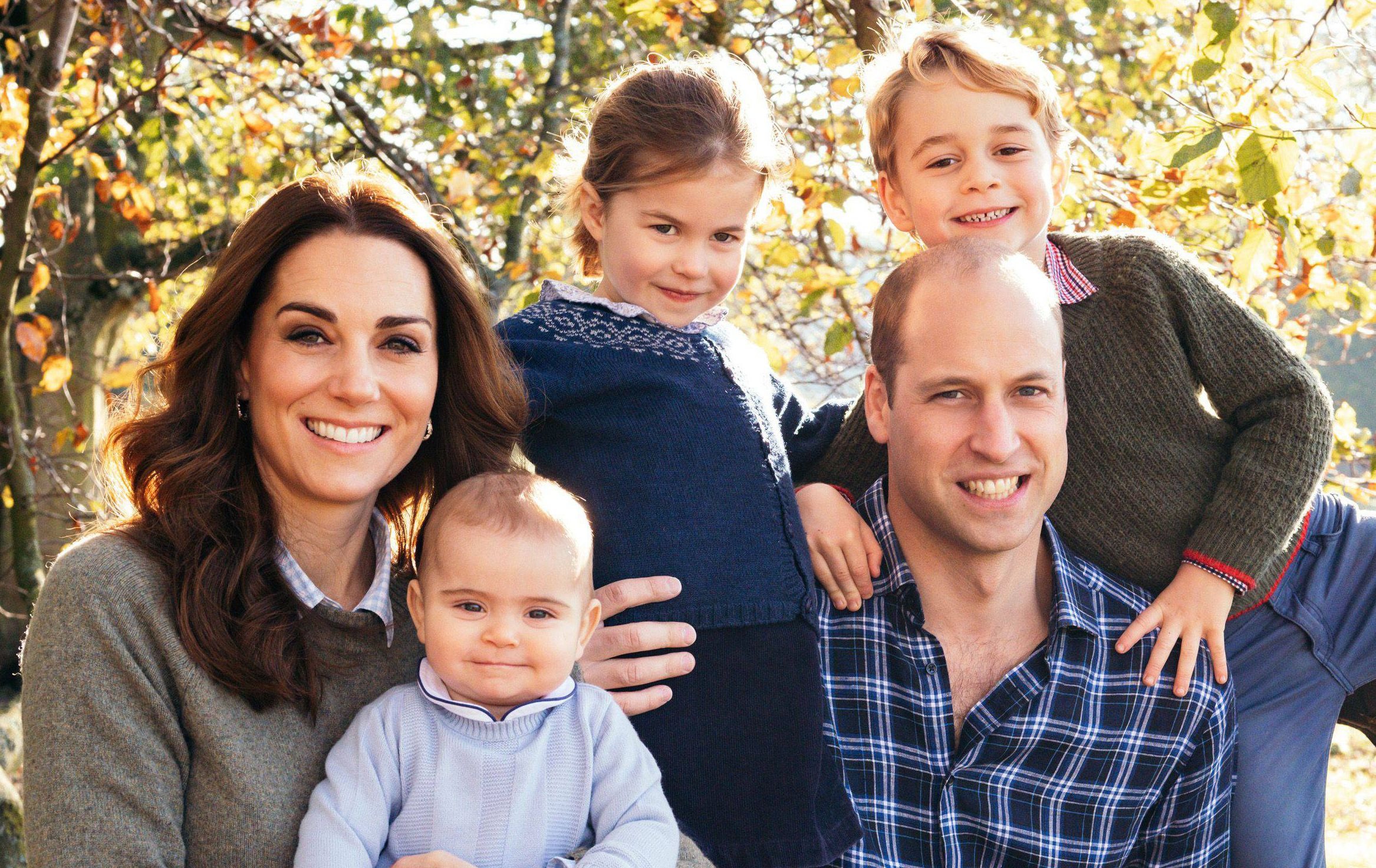The acknowledgment that the family photo released by Kate, the Princess of Wales, was manipulated has sparked a flurry of questions and concerns among viewers and news agencies alike.
Initially intended to reassure the public about the princess’s well-being, the image, which featured Kate hugging her children, Princess Charlotte, Prince Louis, and Prince George, raised eyebrows due to irregularities observed by keen-eyed viewers.
News agencies, including the Associated Press, quickly retracted the photo after noting anomalies such as the alignment of Princess Charlotte’s hand with the sleeve of her sweater, suggesting that the image had been manipulated.

This revelation prompted Kate to issue an apology on social media, where she admitted to occasionally experimenting with photo editing and expressed regret for any confusion caused by the family photograph.
The timing of the photo’s release on Mother’s Day in the U.K. added to its significance, as it was seen as an opportunity for Kate to convey her well-being and gratitude for the support she had received during her recovery from abdominal surgery in January.
However, the questions surrounding the authenticity of the image shifted the narrative, casting doubt on the princess’s health and raising concerns about transparency from Kensington Palace.

While Kate credited her husband, Prince William, with taking the picture, the focus shifted from the family’s tender moment to the manipulation of the image itself.
The incident also prompted a discussion about photo editing standards, with the AP highlighting its policy against substantial editing and the removal of “red eye” effects.
The acknowledgment of the doctored photo and the subsequent retraction by news agencies have underscored the importance of transparency and authenticity in media representation, especially when it comes to public figures like Kate, the Princess of Wales.


